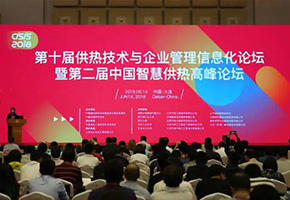Non ferrous metallurgy
 THT Megaelement
THT Megaelement
The production methods of alumina can be roughly divided into four types: alkali method, acid method, acid-base combination, and thermal method. The alkali process is divided into Bayer process process, sintering process and Bayer sintering combined process. Alkali process is to treat aluminum ore with alkali, so that the aluminum oxide in the ore can be converted into Sodium aluminate solution. The iron, titanium and other impurities in the ore and most of the silicon can become insoluble compounds. The insoluble residue (red mud) can be separated from the solution, and the useful components can be recovered through washing. The pure Sodium aluminate solution can be decomposed to separate Aluminium hydroxide, which can be calcined after separation and washing with the mother liquor to obtain finished aluminum oxide.
The application of plate heat exchangers in the aluminum oxide industry mainly involves cooling the semen in the decomposition section, which is cooled to the process temperature through step-by-step cooling (respectively with the mother liquor and water heat exchange). Since semen (saturated Sodium aluminate solution) is easy to "scar", it is necessary to clean the plate heat exchanger regularly. The cleaning solution is strong alkali or acid. The plate material can be chosen from 316L, 254SMo, AL-6XN, etc.
The fully welded wide channel plate heat exchanger is used in the middle cooling section of the decomposition and classification process in the alumina production process, and is installed on the top of the decomposition tank to cool the Aluminium hydroxide slurry in the decomposition process.

 中文
中文 English
English Россия
Россия








